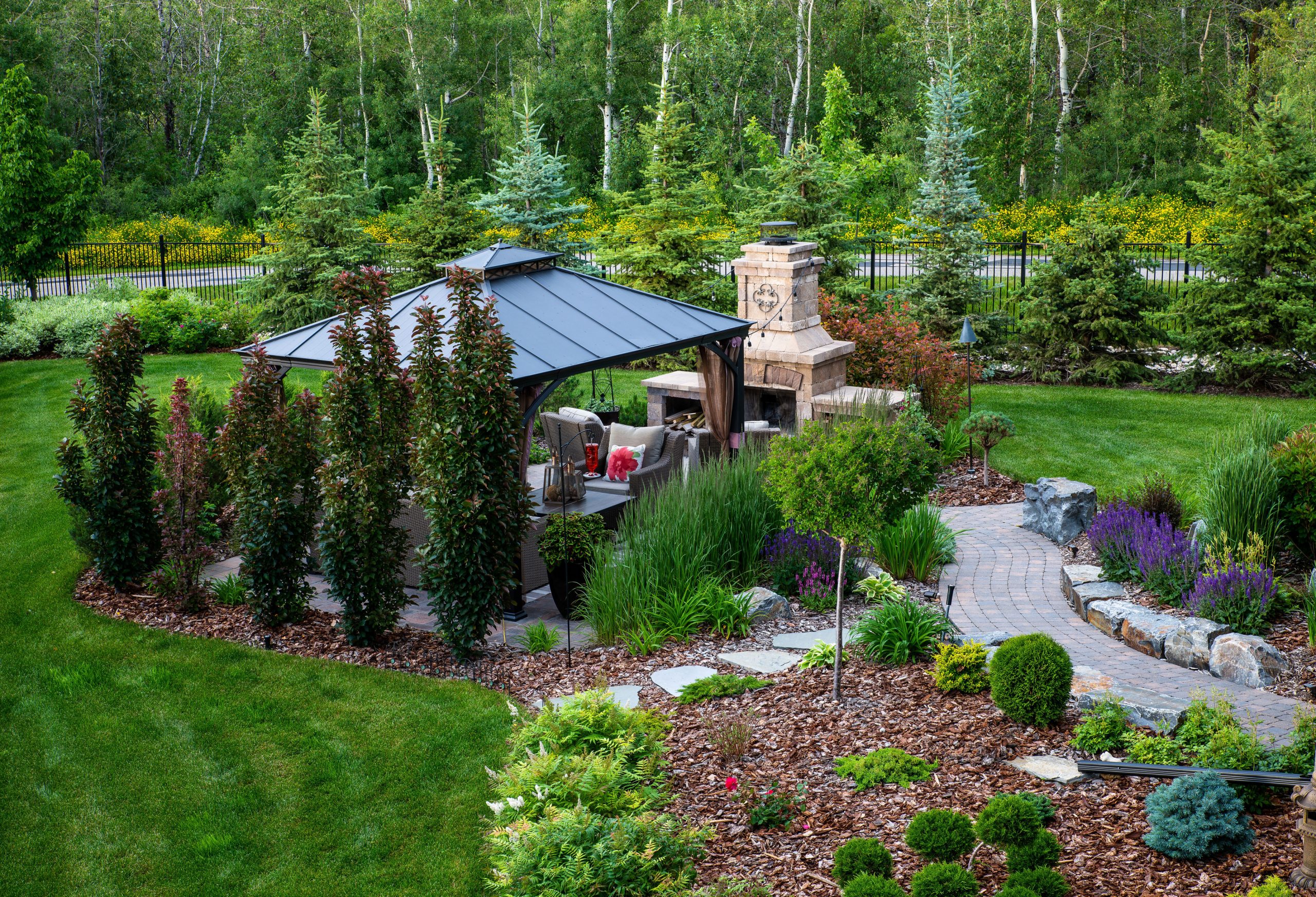8 Simple Techniques For Hilton Head Landscapes
Wiki Article
3 Easy Facts About Hilton Head Landscapes Shown
Table of ContentsAn Unbiased View of Hilton Head LandscapesHilton Head Landscapes Can Be Fun For AnyoneThe 30-Second Trick For Hilton Head LandscapesThe Facts About Hilton Head Landscapes UncoveredThe Main Principles Of Hilton Head Landscapes A Biased View of Hilton Head LandscapesThe 9-Minute Rule for Hilton Head Landscapes
Line creates all kinds and patterns and can be used in a range of methods in the landscape. Line in the landscape is produced by the edge between 2 products, the outline or shape of a kind, or a long linear attribute. Lines are an effective tool for the developer since they can be used to develop an unlimited selection of shapes and forms, and they control activity of the eye and the body.

Lines can have several attributes, such as those explained below, but they normally offer various objectives. Number 1. Lines in the landscape - hilton head landscapers. The residential properties of lines determine just how individuals react to the landscape, both psychologically and physically. Straight lines are structural and strong; they produce a formal personality, are generally related to an in proportion design, and lead the eye directly to a focal factor.
6 Simple Techniques For Hilton Head Landscapes
Straight lines are frequently discovered in hardscape edges and material. Rounded lines develop an informal, natural, relaxed character that is associated much more with nature and unbalanced balance. Bent lines move the eye at a slower rate and add secret to the space by producing hidden views. Vertical lines move the eye up, making an area feel larger.Vertical lines in the landscape include tall, slim plant product, such as trees, or tall frameworks, such as an arbor or a bird residence on a post. Horizontal lines relocate the eye along the ground plane and can make a space feel larger. Low lines are more controlled and produce a feeling of remainder or repose.
The Best Strategy To Use For Hilton Head Landscapes
Reduced lines are developed by reduced yard wall surfaces, walkways, and brief bushes. Lines are utilized to attract types on a strategy. In strategy sight, they specify plant beds and hardscape locations. Lines are likewise produced by the upright types of developed features and plant material. There are 3 key line kinds that produce type in the landscape: bedlines, hardscape lines, and plant lines.Bedlines attach plant product to your home and hardscape because the eye adheres to the line, relocating the gaze through the landscape. Hardscape lines are created by the edge of the hardscape, which defines the built structure. Line can additionally be created by lengthy and slim materials, such as a fence or wall surface.
The Facts About Hilton Head Landscapes Uncovered
wikipedia reference Type is located in both hardscape and plants, and it is typically the leading visual element that spatially arranges the landscape and commonly establishes the design of the yard. The kind of structures, plant beds, and yard accessories likewise figures out the general type style of the yard. Formal, geometric types consist of circles, squares, and polygons.Plants produce kind in the garden via their lays out or silhouettes, but type can additionally be specified by a space or adverse room between plants - landscapers hilton head island (https://gravatar.com/stevenagonzales). Circles can be complete circles, or they can be divided right into fifty percent circles or circle sections and combined with lines to create arcs and tangents
Indicators on Hilton Head Landscapes You Should Know
Circles can additionally be stretched right into ovals and ellipses for more selection and passion. Circles are a strong design form due to the fact that the eye is always drawn to the facility, which can be utilized to stress a prime focus or connect other forms. Number 2. Circular types in hardscape and lawn panels.The square type can additionally be fractional and pre-owned consistently to develop a grid pattern. Unlike circles, squares are stronger on the sides, which can be lined up or overlapped to develop special patterns and more complex forms.
Meandering lines often simulate the natural course of rivers or streams and can be described as smooth lines with deeply rounded wavinesses. Twisting lines (Number 3) function well for paths, plant bedlines, and dry stream beds. Meandering lines can add rate of interest and secret to a garden by leading visitors around edges to find brand-new views and areas.
The Greatest Guide To Hilton Head Landscapes

Typical plant kinds are well developed and standard, as form is the most constant and well-known characteristic of plants. Form can additionally be created via the massing of plants, where the general mass creates a different kind than a specific plant.
An extremely contrasting type must be made use of with careone or 2 work well as a prime focus, but a lot of produce disorder. Natural plant forms, instead than over-trimmed kinds, should establish the bulk of the composition. The importance of overall kind is extra or much less depending on the seeing perspectivethe type of a tree can appear rather different to an individual standing under the cover versus seeing the tree from a distance in an open field.
The Of Hilton Head Landscapes
Plant types also produce and specify deep space or open rooms between the plants, creating either convex or concave forms in the voids. High-arching tree branches commonly develop a concave open space under the branches, and a rounded cover with low branches fills the area to develop a convex type outdoors area under the tree.
Report this wiki page